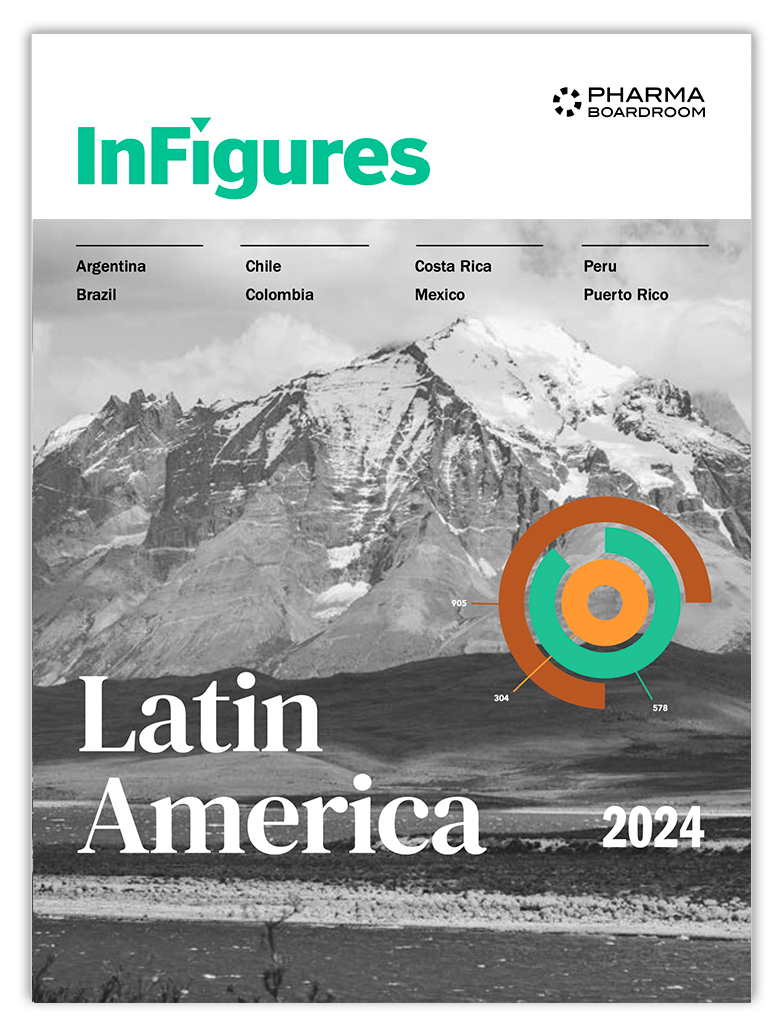To cater to Japan and Asia Pacific (JAPAC)’s booming biotech industry, in May 2021 IQVIA expanded its ‘IQVIA Biotech’ brand into the region. Looking ahead to 2022, IQVIA Biotech JAPAC has identified six key trends for emerging biotechs to watch. For a full interview with Senthil Sockalingam, head of IQVIA Biotech JAPAC & IQVIA’s chief medical officer for APAC, see here.
1. Increasing focus on rare diseases and oncology
Two therapeutic areas with large unmet needs which will continue to gain more attention in 2022 are oncology and rare diseases, with companies creating accelerated and creative pathways in the research and development space.
Oncology is becoming ever more relevant in Japan, as Takafumi Horii, SVP and head of the Japan oncology business unit at Takeda explains: “The Japanese pharmaceutical market is worth around USD 100 billion, a number that has not altered in the last five years and which is not projected to change over the next five,” he notes.
By 2025, oncology will represent one fifth of the entire Japanese pharma market
Takafumi Horii, Takeda
“However, over these five years, oncology has grown from 11 percent of this market to 16 percent today, a growth of five percentage points, and IQVIA projects that it will grow by another five-to-six percentage points over the next five years. That means that by 2025, oncology will represent one fifth of the entire Japanese pharma market.”
IQVIA Biotech does however caution that both rare diseases and oncology come with their own complexities – oncology trials require as much flexibility as possible, and rare disease trials need to navigate the nuances of small, hard-to-find patient populations.
2. Partnerships with academia for asset selection and early clinical development
An encouraging development is the increasing number of academic and industry-sponsored partnerships for asset selection and early clinical development, especially in the field of cell and gene therapy (CAGT). With emerging biopharma taking the lead in developing advanced therapies, this augurs well for more collaborative partnerships and innovative multi-stakeholder models of engagement in the future.
Francis van Parys, VP of commercial operations at global CDMO Cytiva foregrounds the importance of these connections. “The pandemic has shown the importance of collaboration and that individual actors cannot solve the health problems of today alone,” he states. “We believe that our partnerships and collaborations with academia are a good example of what can be done to spur innovation and drive the industry’s R&D ecosystem.”
The pandemic has shown the importance of collaboration and that individual actors cannot solve the health problems of today alone
Francis van Parys, Cytiva
van Parys continues, “In Asia, our diverse range of partnerships include an academic collaboration around cell and gene therapies in Shanghai, China, to enable new developments and commercialisation of precision medicine in Asia; multiple collaborations with top academic institutions in Korea including Seoul National University to foster talent development in biopharma; and a partnership with the University of Technology in Sydney, Australia to launch a Biologics Innovation Facility that focuses on training, process development, and small scale manufacturing.”
3. Machine learning to identify potential drug candidates
IQVIA preditcs that 2022 will see an escalation in advanced predictive analytics such as artificial intelligence and machine learning (AI/ML) that will drive better clinical research and real-world evidence outcomes. An exciting development is the ability of AI to better identify high potential drug candidates. This will allow companies to focus their R&D investments better and make more informed decisions.
Senthil Sockalingam highlights how machine learning is already streamlining biopharma R&D. “We are trying to break the silos and connect the data that already exists with our machine learning technology and bring that to bear in the R&D decision-making process.”
The technology already exists to speed up the patient recruitment process by over 15 percent, which then improves the timelines for providing data to the regulator and arriving at an approval decision
Senthil Sockalingam, IQVIA Biotech
He goes on, “For example, a traditional feasibility study would involve a form being sent to a site, the site filling out the form, and then sending it back; a process that takes between four to six weeks and for which there is a lot of potential bias and recall bias. The technology already exists to speed up the patient recruitment process by over 15 percent, which then improves the timelines for providing data to the regulator and arriving at an approval decision.”
4. Emergence of molecule to market
An increasing number of emerging biopharma companies are shifting to a fully integrated biotech model, which means they are thinking beyond R&D, and shifting focus on commercializing their assets. These biotechs are hence incorporating data generation and access considerations in parallel to clinical development. However, given limited expertise in commercialization, they are reaching out to commercialization services providers (like IQVIA) to help them navigate the complex regulatory and market access landscape in the region.
Others, such as Singapore-based Hummingbird Bioscience, are continuing to prioritise commercialisation partnerships with Big Pharma. “Our commercial strategy is to focus internal development efforts on our key assets that we can pursue to proof of concept, and partner with large biopharma players for later stage clinical development and commercialization,” says Co-Founder and CEO Piers Ingram.
[Our strategy is to] partner with large biopharma players for later stage clinical development and commercialization
Piers Ingram, Hummingbird Bioscience
Aslan Pharmaceuticals CEO Carl Firth strikes a similar tone. “The kinds of partners we are looking for depends on which drug space we are looking at. If you think about atopic dermatitis, there is a recognition now that this is a disease with a very high incidence and large number of patients around the world; you see both adult populations and paediatric populations. Sanofi is currently positioning Dupixent and has been successful, and there is also Eli Lilly with their acquisition of Demira. It will continue to get competitive. The challenge will be competing in that environment, educating doctors, helping people understand the benefits of the drug. Big Pharma are often best placed to do that.”
5. Advancement of tech-enabled clinical trials
COVID-19 has been a key driver for Decentralized Clinical Trials (DCTs) and tech-enabled solutions such as remote monitoring, remote Source Data Verification (SDV) and connected devices to increasingly becoming the norm in clinical trial development. Sponsors now have the insights from these experiences to build them into future protocols to create efficiencies and be able focus on fewer onsite visits during the registration trials to reduce patient burden and improve retention.
COVID-19 has certainly accelerated the way that we and the industry embrace some of the newer technologies that allow us to conduct studies in this environment
Carl Firth, Aslan Pharmaceuticals
Aslan’s Firth feels that there are plentiful opportunities to develop this space. “Particularly in early-stage clinical trials, there has to be a lot of interaction between patients and physicians and a very close monitoring assessment,” he admits. “But then when you get into longer studies, there can be monitoring and assessments that could be done remotely. COVID-19 has certainly accelerated the way that we and the industry embrace some of the newer technologies that allow us to conduct studies in this environment.”
6. Insourcing of technologies
A small number of biotech companies build their own clinical operation and data management teams and insource resources through an FSP model. A key factor to enable the operations is to have a well-orchestrated clinical technology ecosystem that can be easily configured according to the sponsors’ processes. Sponsors are turning to SaaS-based clinical technology providers who can provide best-in-class products across the clinical development lifecycle – study planning, site engagement, remote patient services, and remote study monitoring. The data generated by these highly interoperable solutions are consistent, better managed and clean, which helps sponsors derive insights to fuel their future study designs and improve their clinical operational efficiencies.


